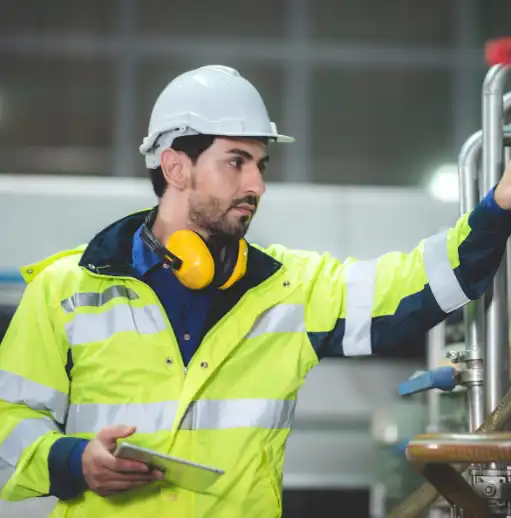In episode 368, host Mike Petrusky speaks with Dr. Ja-Nae Duane, a behavioral scientist, entrepreneur, award-winning innovator, and the author of the new book, “SuperShifts: Transforming How We Live, Learn, and Work in the Age of Intelligence.” Mike and Ja-Nae discuss the new age of intelligence and the various catalysts for change currently affecting individuals, businesses, and society. They explore specific areas impacting our workplaces and built environment, which are evolving from centralized, industrial models to more flexible, intelligent ecosystems, driven by AI and technological advancements.
Ja-Nae feels the lines between physical and digital realities are blurring, leading to the concept of “reality remix” where buildings can become cognitive ecosystems with digital twins and AI-assisted amenities. Because human connection remains vital for our mental health and well-being, so facility management leaders will continue to have a big role to play as we move ahead. Upskilling in data and AI literacy, as well as human-centered design, will be essential for future proofing the workplace.
Agenda
- Overview of “SuperShifts: Transforming How We Live, Learn, and Work in the Age of Intelligence”
- Discussion on the impact of the nine super shifts on the workplace
- Advice for workplace leaders to prepare for the coming changes
What you need to know: Workplace takeaways
Takeaway 1: The integration of AI into the workplace is inevitable and will require a shift in how organizations and individuals approach work
“The future of the workplace will be honed by this collaboration between human and AI teams,” Ja-Nae says, emphasizing that even small changes can drive efficiency and prepare organizations for the age of intelligence. “Even if you identify one workflow that you can redesign with AI as a thinking partner, see how that’s driving efficiency, see how your organization can start to design with this future in mind as we are heading into this age of intelligence.”
She recommends individuals and teams experiment with these new models through small-scale pilots to understand and measure the impact of AI on productivity and efficiency.
“How can you run small scale pilots so that you can really understand and measure what’s shifting, you know, even if it’s bringing AI onto a team or into a system, what’s shifting productivity, what’s shifting the efficiency of that team or of that system.”
Takeaway 2: The need for upskilling in data and AI fluency is crucial for individuals and organizations to thrive in the age of intelligence
“If you can upskill with data and AI fluency, I think that that’s a really great step,” says Ja-Nae. “Buildings will no longer just be physical assets, they’ll become intelligent assets, if you will. And with that, there will be more predictive maintenance, space optimization, or even human-centric experiences.”
Takeaway 3: The concept of “reality remix” will blur the lines between physical and digital spaces, transforming how humans interact within buildings
“One of the shifts that we highlight within the book is called reality remix, and this is where the lines between physical and digital begin to blur and also our perception of what real begins to blur.”
How will it affect facility management and real estate?
“… what it means to connect with a human, whether or not they are there, or if it’s a hologram of them within the building. These are things that are really going to have us question what is real and what is human connection,” she says.
Duane also explores the role of digital twins in this transformation.
“We are moving into an era where buildings are going to be cognitive ecosystems and so we’ll have digital twins of these buildings as well as digital twins of the humans that are within these buildings and we’ll have holograms that we’ll be able to interact with, with haptics and AI-assisted amenities.”
According to Ja-Nae, facility managers and real estate professionals will need to consider new models of human interaction and connection within these cognitive ecosystems.
Workplace management insights
- The future of work is characterized by the collaboration between human and AI teams, which will drive efficiency and innovation.
- The industrial revolution’s centralized models of work and education are becoming obsolete, and new models are emerging, accelerated by the pandemic.
- Technology is rapidly evolving, and organizations should focus on being flexible and adaptable rather than trying to keep up with every new development.
- The Reality Remix shift involves the blurring lines between physical and digital, leading to cognitive ecosystems in buildings and the use of digital twins and holograms.
- Upskilling in data and AI fluency, as well as human-centered design, is essential for facility managers and real estate professionals.
- Small-scale pilots and “micro actions” are effective strategies for testing and implementing new work models and technologies without incurring significant costs.
- Buildings are transitioning from physical assets to intelligent ecosystems, impacting maintenance, space optimization, and employee well-being.
Check out Ja-Nae’s website and then do a deep dive into more workplace insights by exploring all Workplace Innovator podcast episodes









